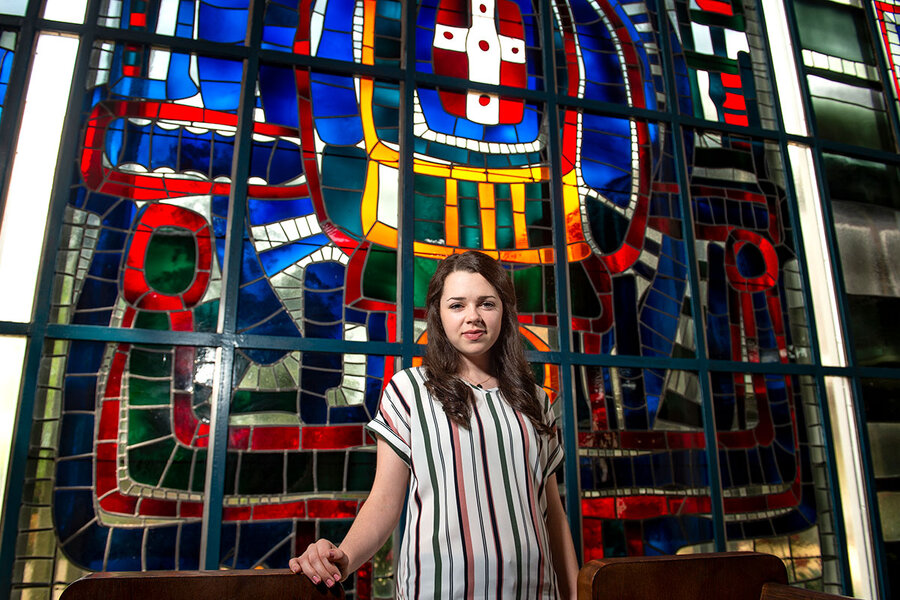Readers write: Seeing both sides, art theft solution, and more
Loading...
Seeing both sides
Regarding the June 24 Monitor Weekly: From Mark Sappenfield’s column, “Getting past despair and indignation on abortion,” to Jessica Mendoza’s cover story, “The new activists,” as well as other articles, I gained insights into the humanity on both sides of that issue and others.
One of the most frustrating aspects I find in today’s political environment is my own failure to grasp whatever it is that leads others to support different candidates and sides of issues than I do.
Why We Wrote This
Letters to the editor for the July 22, 2019 weekly magazine.
Reading the Monitor forces me to gain glimmers of that understanding with each edition. Thank you.
Alan Willis
Portland, Oregon
Art theft solution
Regarding the May 6 cover story, “Whose art is it?”: This article is thought-provoking and balanced.
May I suggest a solution to the issue of museum ownership of stolen artifacts? The 3D printer has become an important tool in creation and replication. Why not create an exact copy of the art, which the current owner will retain and exhibit? The original can then be returned to its place of origin.
I agree with those who decry colonialism in the argument that an African museum’s exhibition space is inferior. If Nigeria, upon recovering its treasures, is unable or unwilling to properly care for them, no one can stop them. If we disagree, we should help them to improve their infrastructure and cultivate expertise.
Rusty Wyrick
Ghivizzano, Italy
Refreshing perspective
Cultural critic Candace McDuffie is a welcome addition to the Monitor. She has introduced me to important black writers and thinkers, such as Damon Young, and also to new expressions of faith from African American millennials.
American black culture has enormous global influence. Thank you for including it in the Arts and Culture section.
Carol Rea
Auburn, Maine
Latin plurals
I applaud Melissa Mohr’s June 24 column, “Confused by plural nouns? Blame Latin.” As a grammar prescriptivist, I abhor the current trend toward sloppiness in that area for the following reasons.
We are losing our cultural connections to the multifaceted and rich origins of the English language. Equally important, the drift in language is generally toward a reduction in the dimensionality of our range of expression.
William H. Cutler
Union City, California





